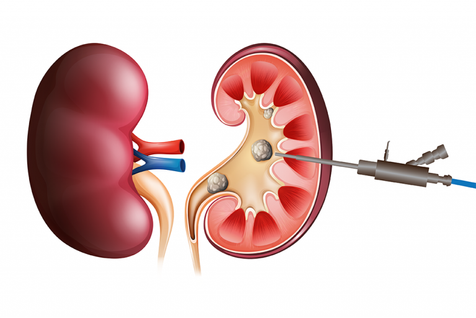Although percutaneous nephrolithotomy is regarded as a safe procedure, it remains an intrusive surgery. This implies that there will be some danger involved. Several of them include:
Organ injury: is an infrequent danger, although it does occur in certain cases. Your doctor will be able to determine if this happens during surgery. Reparative surgery may be necessary as a follow-up.
Further Surgery : Some kidney stones cannot be completely eliminated with the initial PCNL. If this is the case, your doctor may suggest further therapy.
Bleeding: during surgery is frequent but typically not serious. In rare cases, patients may require a blood transfusion.
Infection: during recovery, keep the surgery site clean and sterile. If you observe any indications of infection, such as fever, incision discharge, discomfort, or persistent pain, call your doctor.
The Surgical Procedure:
PCNL is performed under general anesthesia, so you won’t be awake during the operation. Your surgeon will use a series of urinary catheters and tubes to drain your bladder during the process. By administering a dye, the location of the stone can be determined. They will then enter percutaneously (through the skin) near your kidney to remove the stone using a nephroscope (camera device) and a nephrolithotomy, which is essentially a grasper. If the stones are too large, they will first be broken up with a laser and then removed, which is a procedure called a nephrolithotripsy.

